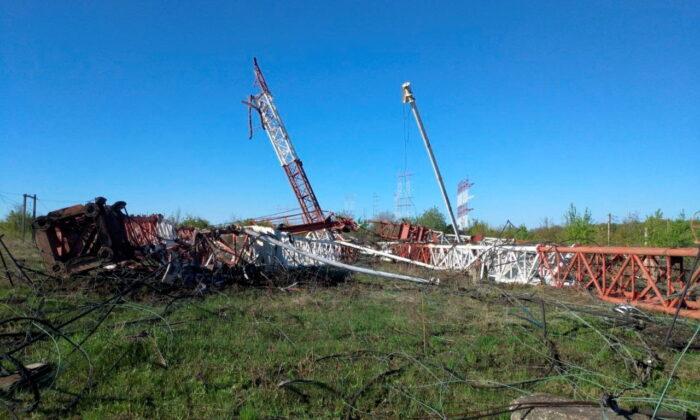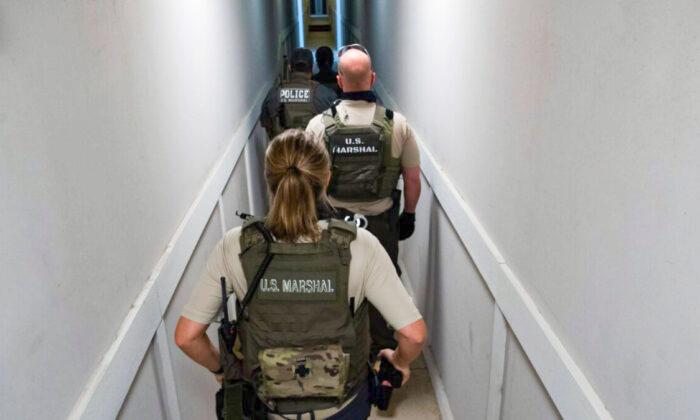Former NASA astronaut and oceanographer Kathy Sullivan, who was the first American woman to walk in space, reached another milestone on June 7 by becoming the first woman to reach the lowest point on Earth.
The geologist and oceanographer, who became the first American woman to walk in space in 1984, was the eighth person to reach the spot in a submersible named the Limiting Factor (LF).
The low point of the Mariana Trench, a great canyon below the Pacific, was reached by U.S. Navy Lt. Don Walsh and the late Swiss oceanographer Jacques Piccard in 1960. They spent 20 minutes there in the submersible craft Trieste.
In 2012, “Titanic,” “Avatar,” and “Aliens,” film director James Cameron became the first person to make a solo dive to the spot.
The deep-sea research submersible, which was designed by Florida-based company Triton Submarines, is the first-ever vehicle to have repeatedly reached the Challenger Deep.
“Just back up from Challenger Deep! My co-pilot was Dr. Kathy Sullivan—now the first woman to the bottom of the ocean and a former astronaut as well as NOAA administrator! Big congratulations to her!” Vescovo wrote on Twitter early June 7. “This was my third time to the bottom. Well done by the crew, Triton, and EYOS.”
The team completed its dive on June 7, and is expected to return to the island of Guam on June 15.
EYOS Expeditions founder Rob McCallum described the spot as “the most exclusive destination on Earth.”
“More people have been to the moon than to the bottom of the ocean,” he said.
“If you’re looking for that absolutely glorious picture postcard view, space wins it every time. But if you want to be dazzled beyond anything you can imagine about the variety and abundance of life on Earth, go into the sea,” she continued.
She added that she hopes future generations will be compelled to appreciate the “mystery of the ocean.”
“I hope that spark is ignited within them of intrigue and curiosity, about the ingenuity of engineering, of science, of the mystery of the ocean ... and that it would inspire another young Kathy Sullivan, who as a teenager interested in the ocean would never have imagined being the first woman to reach the bottom of it.”





